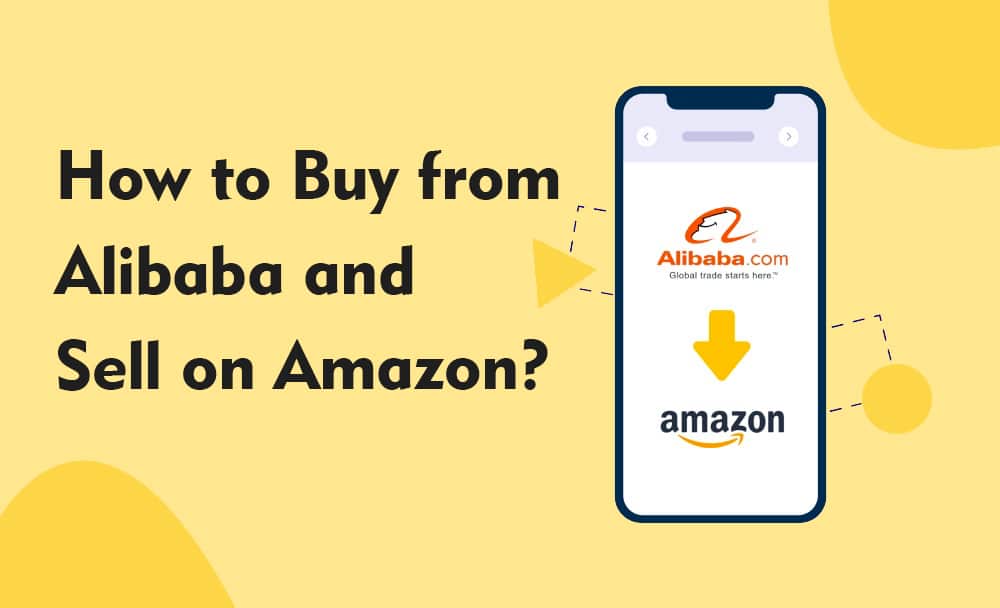
Are you looking for a lucrative online business opportunity? Look no further!
In this comprehensive guide, we’ll walk you through the process of buying products from Alibaba and selling them on Amazon.
By following our step-by-step strategy, you’ll be able to create a profitable business from scratch.
So let’s dive in and start building your e-commerce empire!
Understanding Alibaba and Amazon
What is Alibaba?
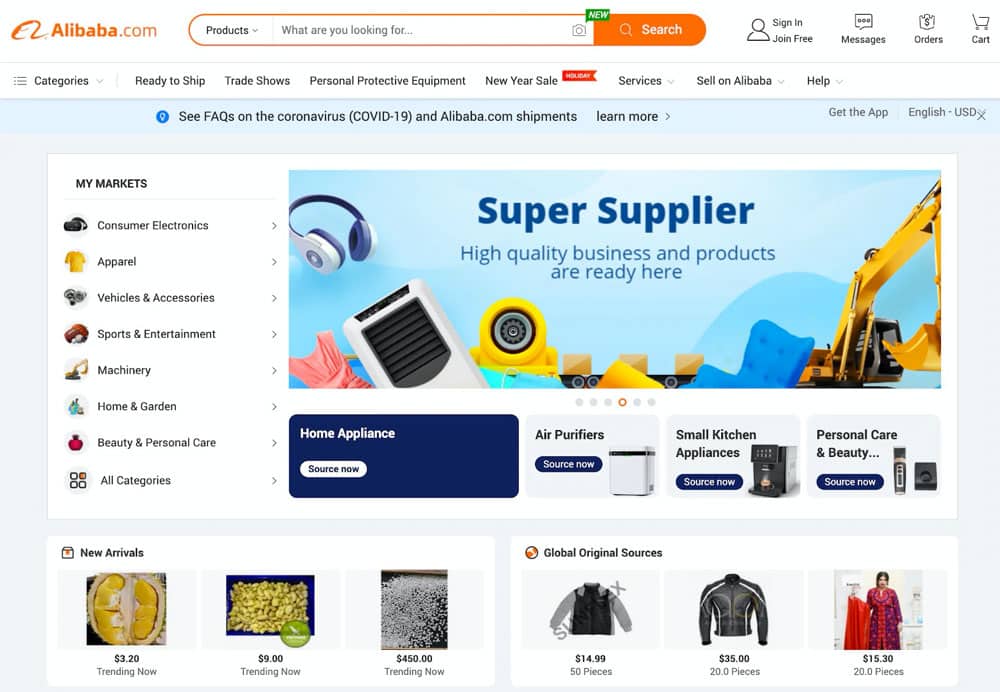
Alibaba is a Chinese e-commerce giant that connects manufacturers and wholesalers with buyers from all over the world.
It’s a one-stop shop for sourcing products at competitive prices, making it an ideal platform for entrepreneurs looking to buy products in bulk and resell them for a profit.
What is Amazon?

Amazon is the world’s largest online marketplace, offering a wide range of products and services to millions of customers worldwide.
With its vast customer base and unparalleled logistics infrastructure, Amazon provides an excellent platform for entrepreneurs to sell their products and grow their businesses.
Why Buy from Alibaba and Sell on Amazon?

Buying from Alibaba and selling on Amazon is a proven business model that allows entrepreneurs to access a global market with minimal upfront investment.
By sourcing products at low prices from Alibaba and leveraging Amazon’s customer base and fulfillment capabilities, you can create a profitable business with high growth potential.
The Winning Strategy: Steps to Success
1. Niche Selection and Market Research
Before diving into product sourcing, it’s crucial to select a profitable niche and conduct thorough market research.

Identify product categories with high demand and low competition by analyzing Amazon’s Best Sellers and using tools like Jungle Scout, Helium 10, or AMZScout.
2. Finding and Evaluating Suppliers on Alibaba
Search for suppliers on Alibaba using relevant keywords and filters.
Evaluate potential suppliers based on their response rate, trade assurance, and years in business.
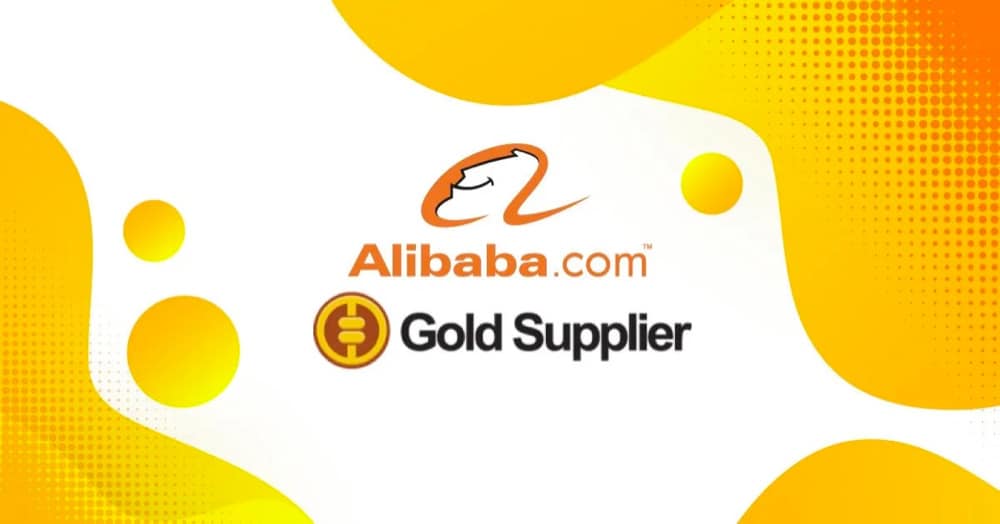
Request quotations and compare prices, payment terms, and production lead times.
3. Negotiating with Suppliers
Negotiate with suppliers to secure the best possible prices, payment terms, and product quality.
Be professional, assertive, and willing to walk away if a deal doesn’t meet your expectations.
Establishing a good relationship with your supplier is essential for long-term success.
4. Ordering Samples and Quality Control
Before placing a bulk order, request product samples from your chosen supplier.

This allows you to assess the product quality and ensure it meets your standards.
Communicate any issues or improvements with the supplier and request revised samples if necessary.
5. Placing Bulk Orders
Once satisfied with the samples, proceed with placing a bulk order.
Be clear about your requirements, such as product specifications, packaging, and shipping terms.
Use a secure payment method and consider using Alibaba’s Trade Assurance for added protection.
6. Shipping and Logistics
Choose the most suitable shipping method for your products, taking into account factors like cost, transit time, and customs clearance.
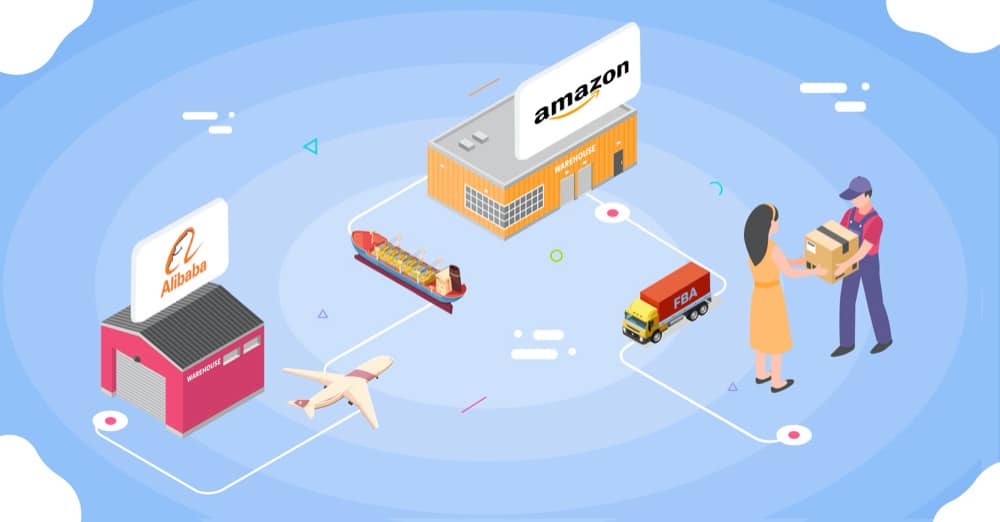
Popular shipping options include air freight, sea freight, and express courier services.
Be prepared for potential delays and customs fees.
7. Customizing and Branding Your Products
To differentiate your products from competitors, consider customizing and branding with your own logo and packaging.
Work with your supplier to create a unique design that represents your brand and appeals to your target audience.
8. Creating an Amazon Seller Account
Sign up for an Amazon seller account, choosing either the Individual or Professional plan based on your anticipated sales volume.
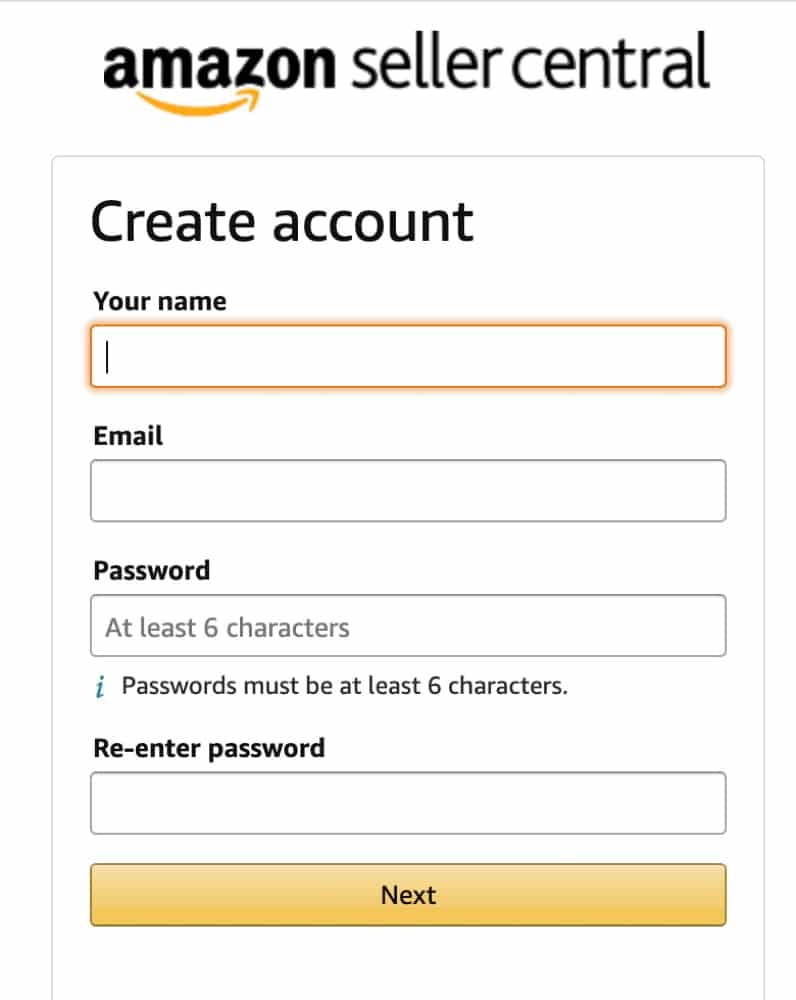
Provide the required information and complete the verification process.
9. Listing Your Products on Amazon
Create product listings for each item you plan to sell. Include high-quality images, detailed descriptions, and accurate product information.
Assign relevant keywords and categories to improve visibility in search results.
10. Optimizing Your Product Listings for SEO
Optimize your product listings to rank higher in Amazon search results.
Research relevant keywords and incorporate them into your titles, bullet points, and product descriptions.
Use tools like Helium 10 or MerchantWords to identify the most effective keywords.
11. Implementing Amazon FBA (Fulfillment by Amazon)
Consider using Amazon FBA to streamline your fulfillment process.
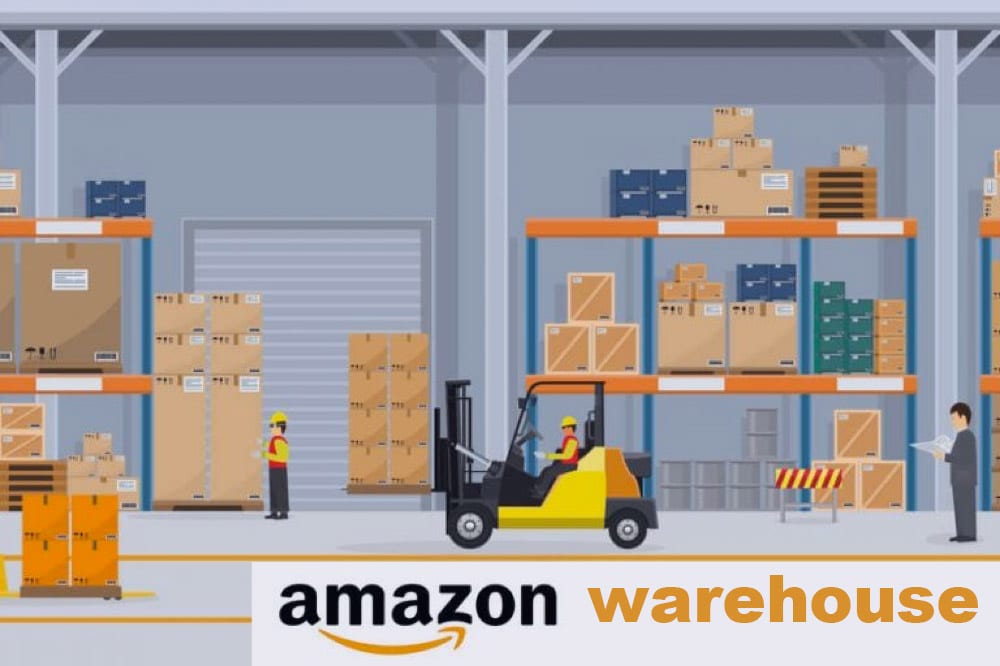
With FBA, you send your products to Amazon’s fulfillment centers, and they handle storage, packaging, shipping, and customer service on your behalf.
FBA can save you time and resources while offering faster shipping and Prime eligibility to your customers.
12. Advertising and Promotions on Amazon
Leverage Amazon’s advertising options, such as Sponsored Products and Sponsored Brands, to increase your products’ visibility and drive sales.
Additionally, consider offering promotions, discounts, or giveaways to attract customers and generate positive reviews.
13. Customer Service and Reviews
Provide exceptional customer service by responding promptly to customer inquiries and resolving any issues that arise.
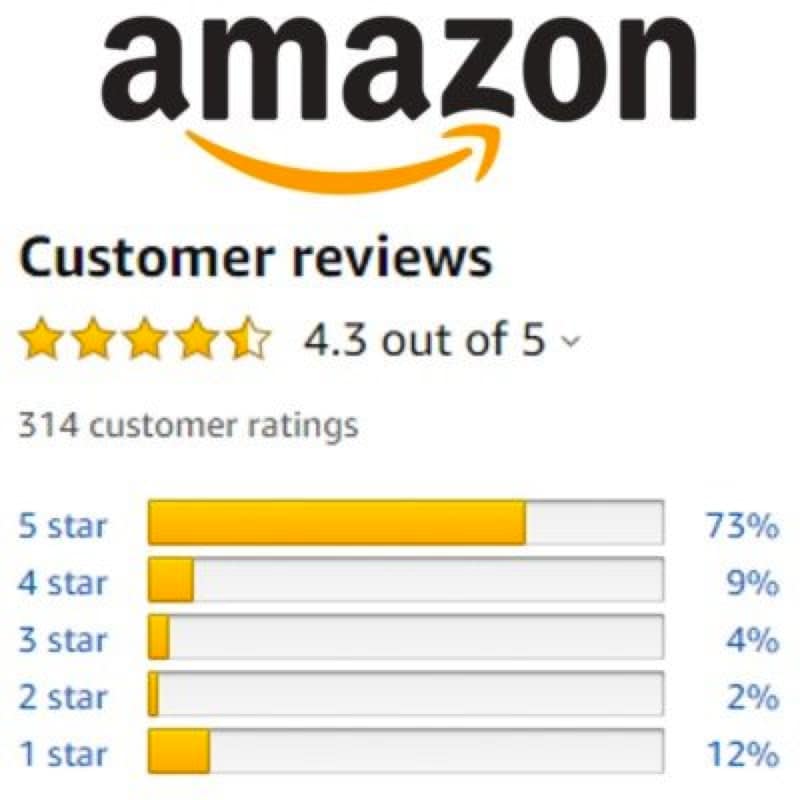
Encourage customers to leave reviews, as positive feedback can significantly impact your products’ rankings and conversion rates.
14. Monitoring and Scaling Your Business
Regularly monitor your sales, inventory, and customer feedback to identify areas for improvement and growth opportunities.
As your business grows, consider expanding your product line, optimizing your listings, and exploring additional marketing channels.
Potential Challenges and Solutions

While buying from Alibaba and selling on Amazon can be highly profitable, it’s essential to be aware of potential challenges, such as product quality issues, shipping delays, and fluctuating exchange rates.
By being proactive and developing contingency plans, you can minimize risks and ensure the long-term success of your business.
Conclusion
In conclusion, buying from Alibaba and selling on Amazon is a proven business model with immense potential for profitability and growth.
By following our comprehensive, step-by-step guide, you’ll be well on your way to building a successful e-commerce business.
We are Yansourcing, a leading sourcing company in China, dedicated to helping our clients source products from China at the most competitive prices. If you are interested in importing from China, please feel free to contact us.
FAQs
1. How much initial investment is required to start buying from Alibaba and selling on Amazon?
The initial investment can vary depending on factors such as product selection, order quantities, and shipping costs.
Generally, you can start with as little as $1,000 to $2,000, but having a larger budget can provide more flexibility and opportunities for growth.
2. Can I sell products from Alibaba on other e-commerce platforms besides Amazon?
Yes, you can sell products sourced from Alibaba on other e-commerce platforms like eBay, Walmart, or your own online store.
However, each platform has its own rules and requirements, so make sure to familiarize yourself with these before expanding your business.
3. How can I ensure that the products I source from Alibaba are of high quality?
To ensure product quality, always request samples before placing bulk orders, and communicate with suppliers about your quality expectations.
Additionally, consider using third-party inspection services to inspect your products before they’re shipped.
4. Are there any legal issues to consider when buying from Alibaba and selling on Amazon?
It’s essential to comply with all applicable laws and regulations, including import/export rules, product safety standards, and intellectual property rights.
Consult with a legal professional if you have any concerns or uncertainties about compliance.
5. How long does it typically take to start seeing profits from this business model?
The time it takes to start seeing profits can vary based on factors such as product selection, competition, and marketing efforts.
Generally, it may take anywhere from 3 to 6 months or longer to start generating consistent profits. The key is to remain patient and persistent while continuously optimizing your strategy.
